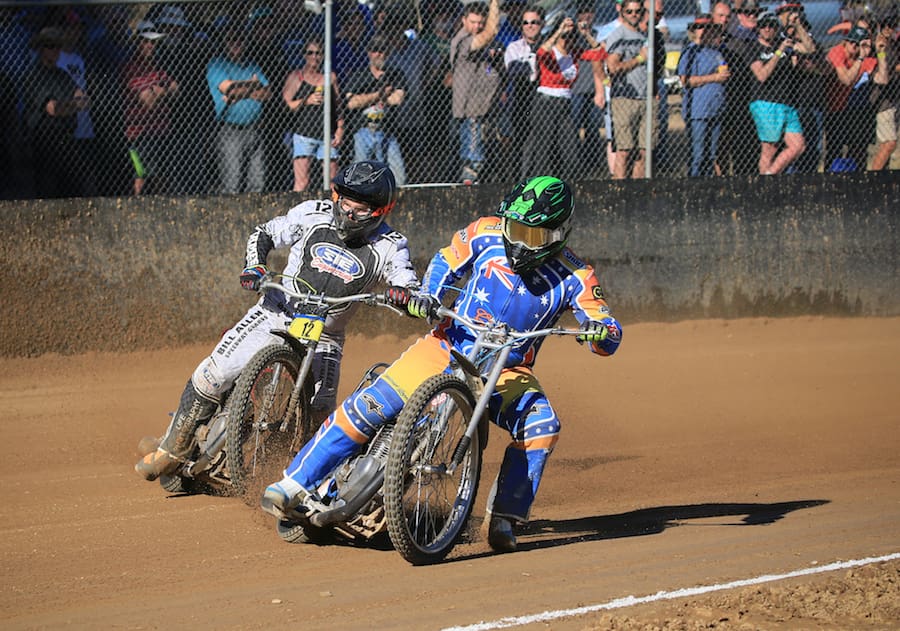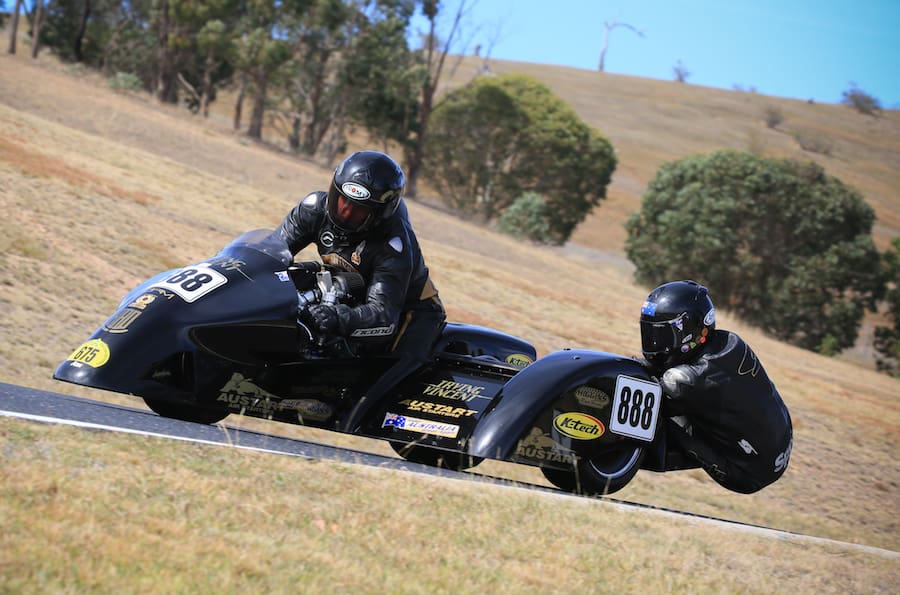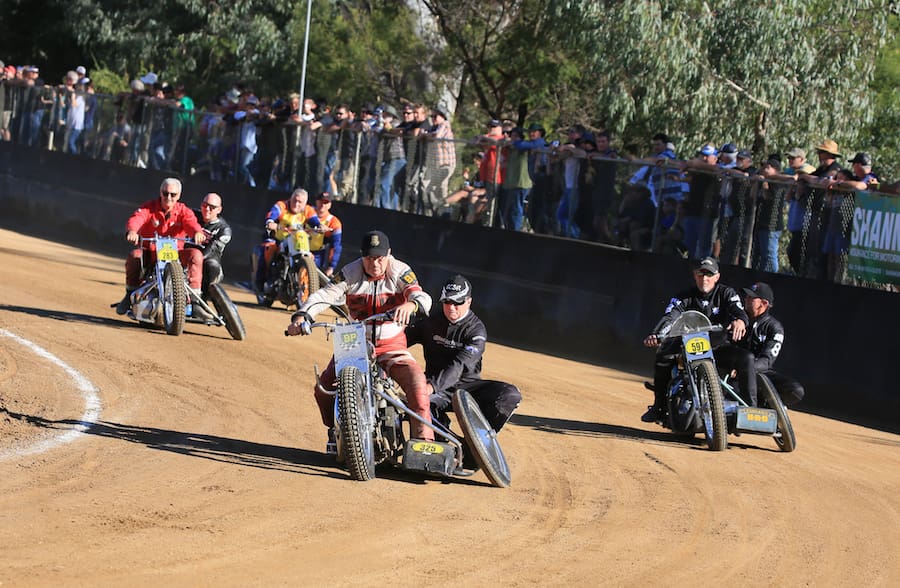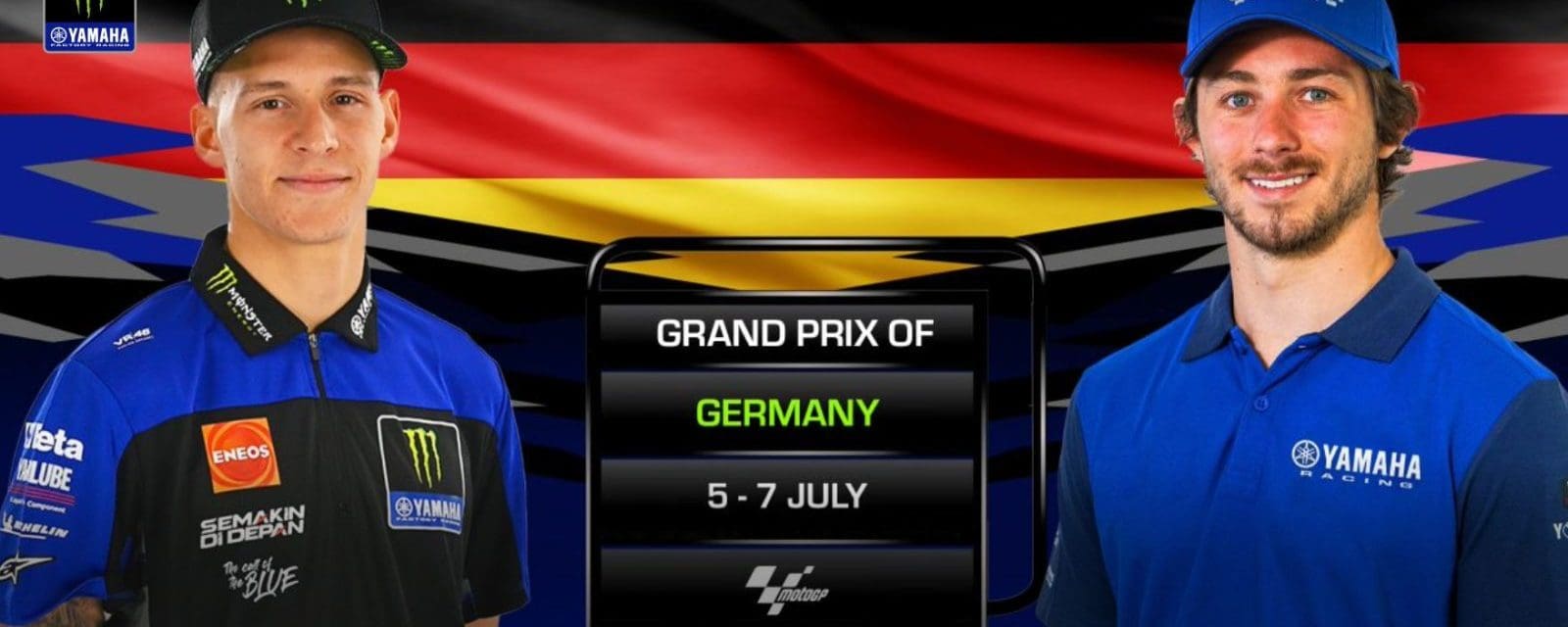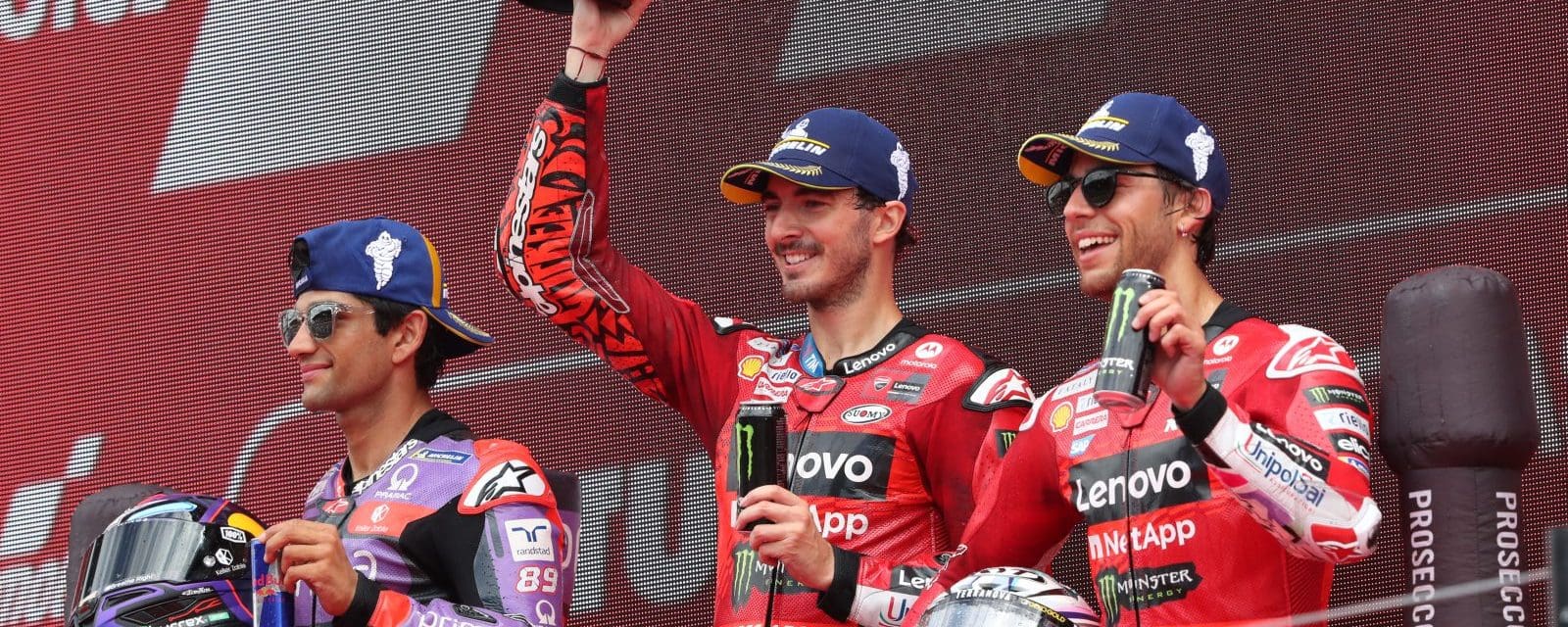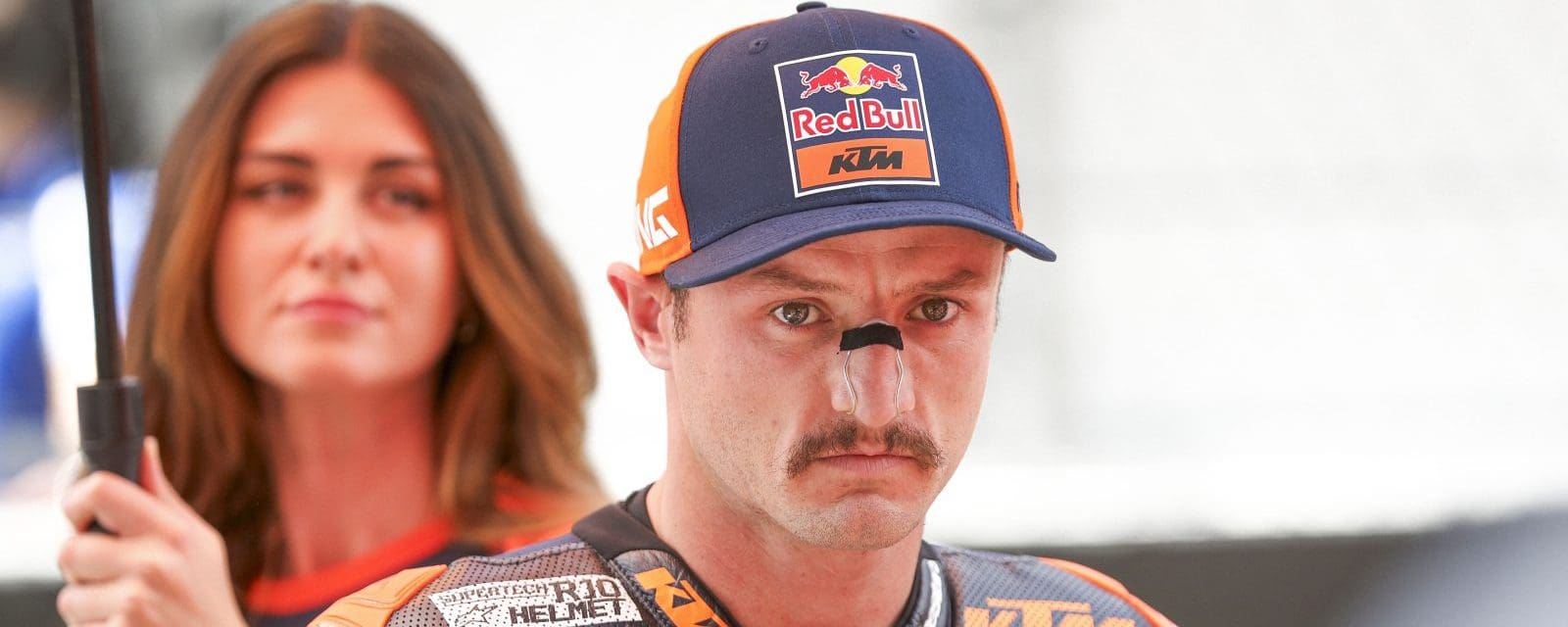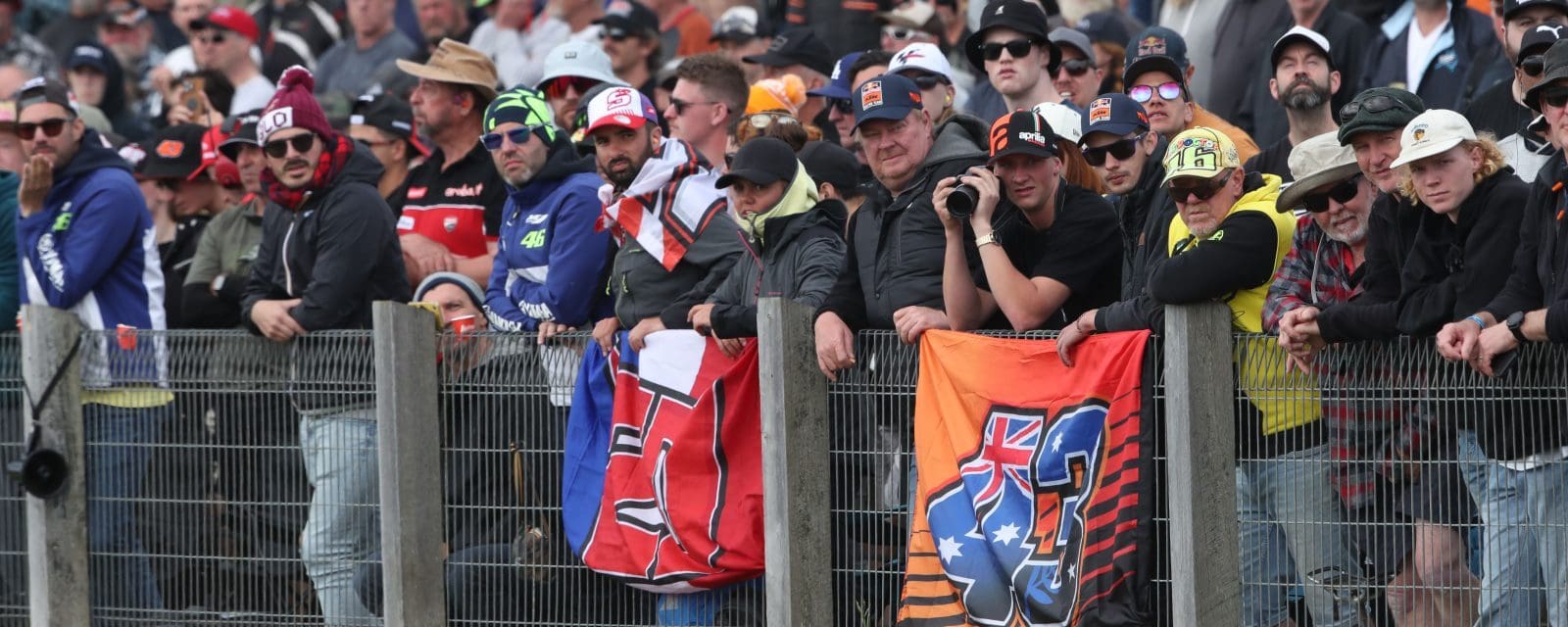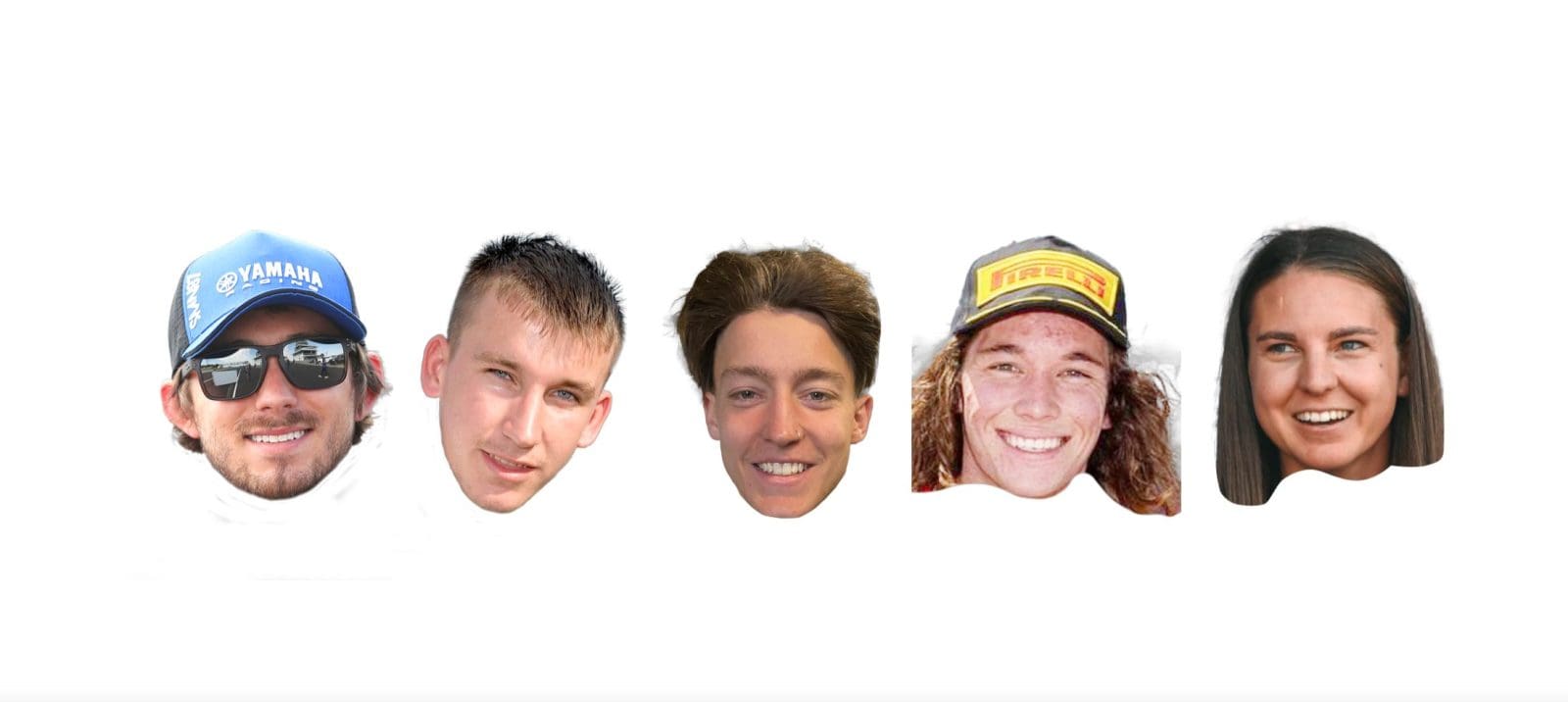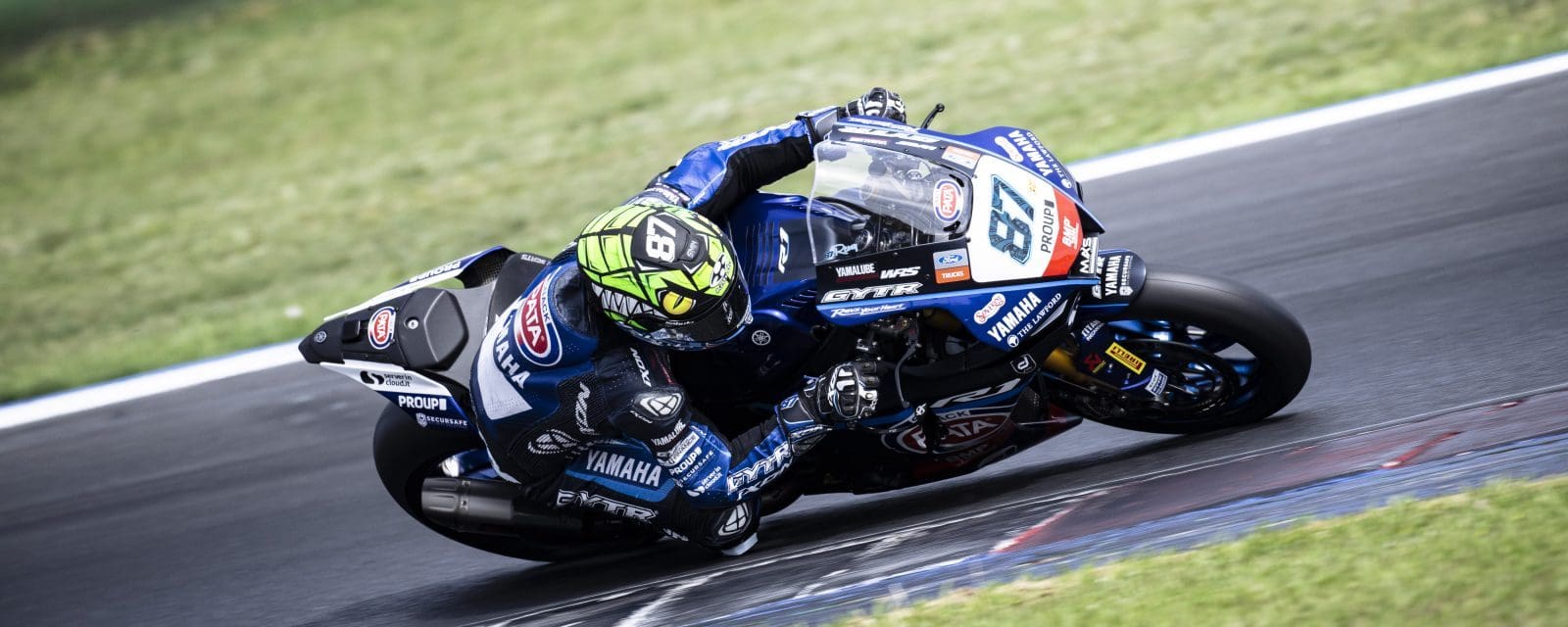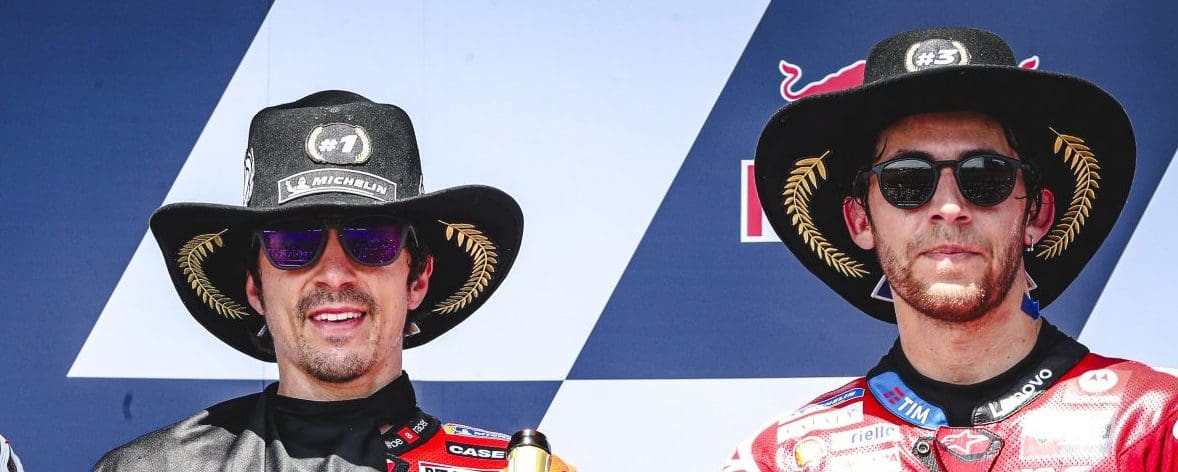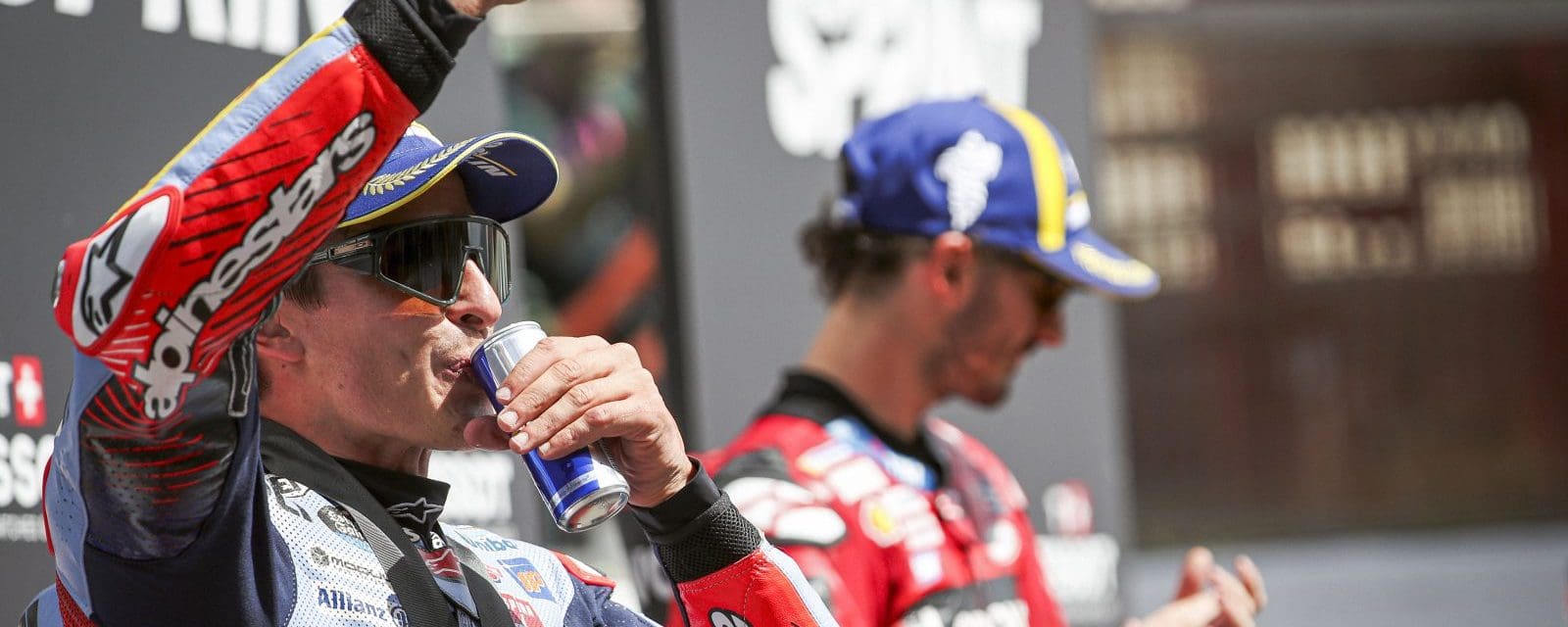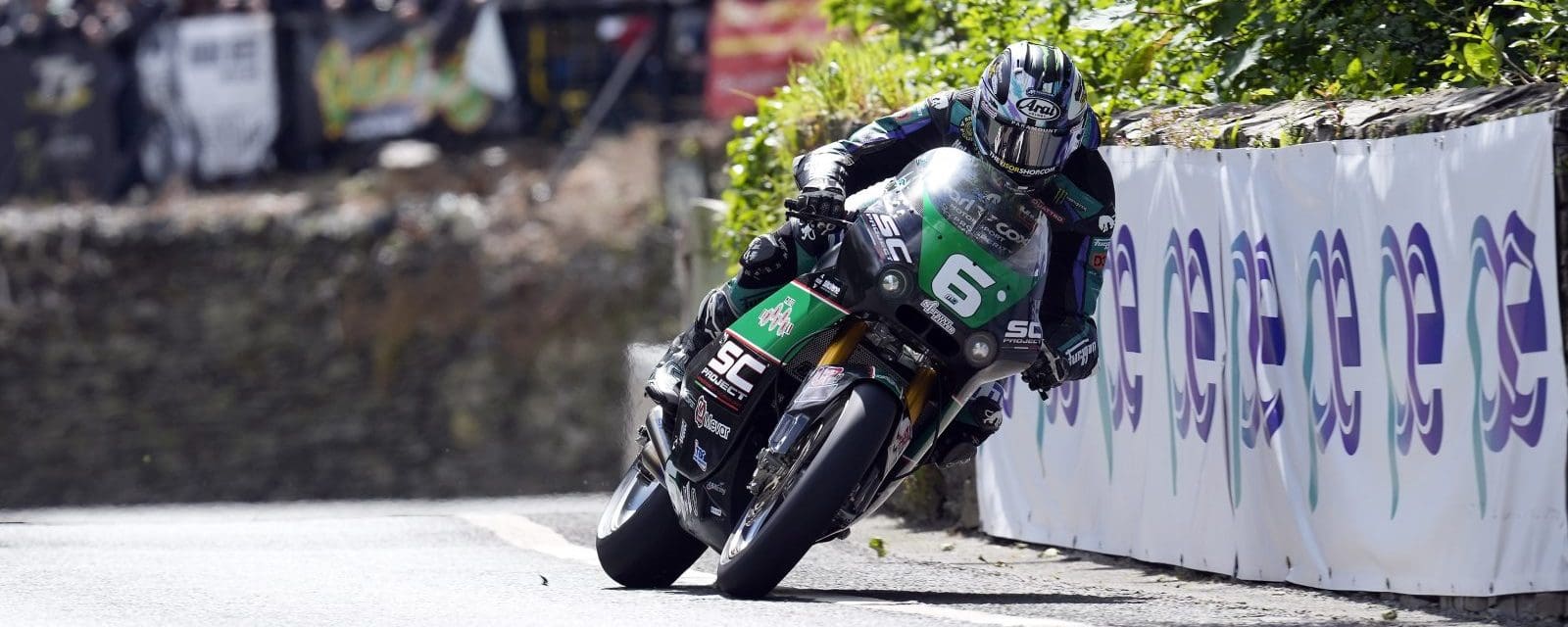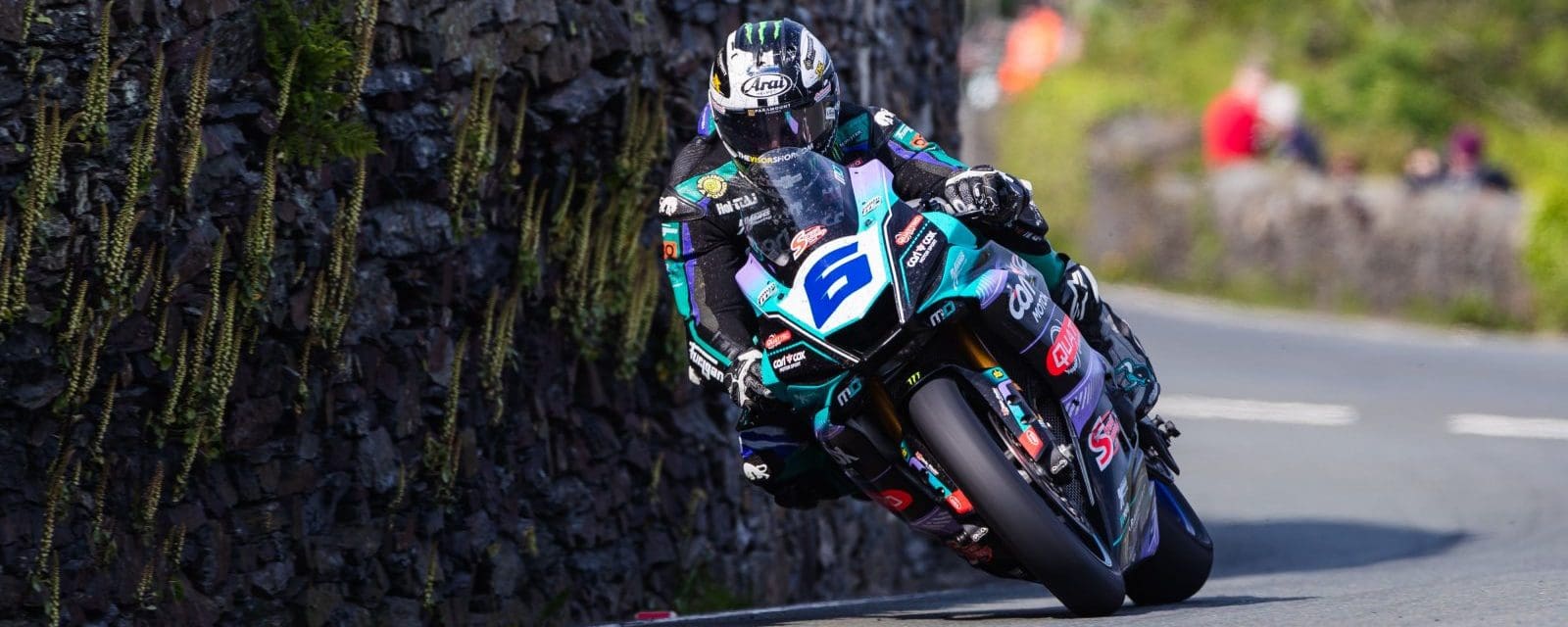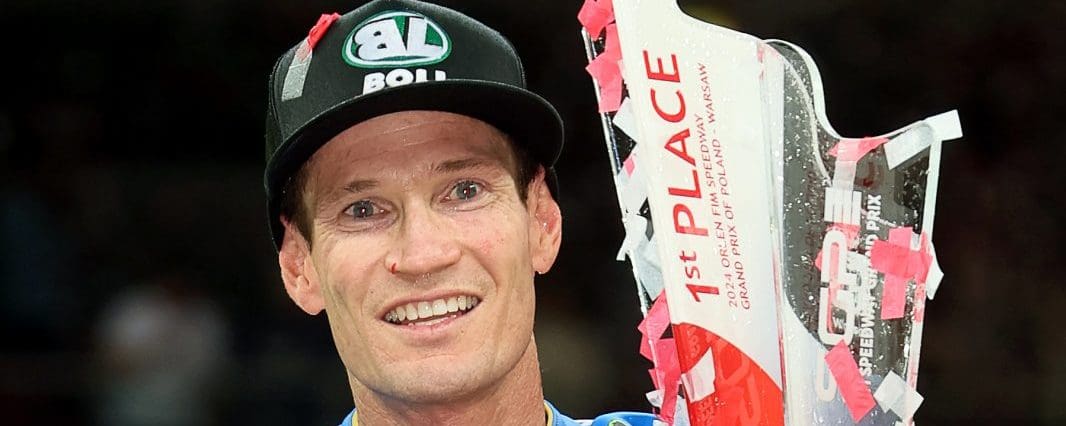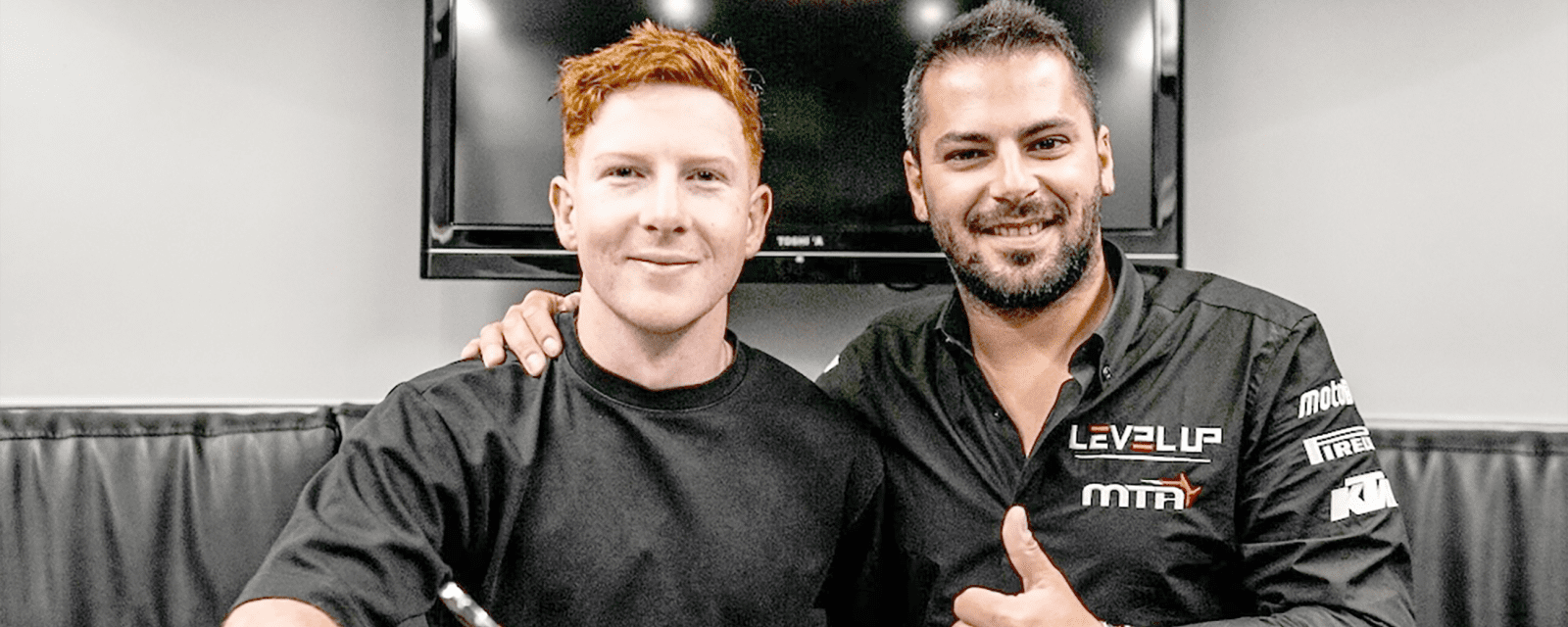If you wanted to learn the alphabet of Vincents, Broadford was the place to be over Easter. All series Vincents made, from A to D, were on display in both the road-race and speedway venues. The famous English manufacturer, which has links to Australia via engineer Phil Irving, was driven by performance. Long after it stopped production, big Vincent V-twins were helping win Australian speedway sidecar titles.
There were many experts on hand to explain, but perhaps the man with the biggest cross-section of Vincents was Franc Trento. He had examples from the Series A, B and C on show, and apologised for not having one of his Series D examples with him.
Surrounded by another 50 Vincents spanning three decades and probably worth around $3m in total, he gave a quick history lesson.
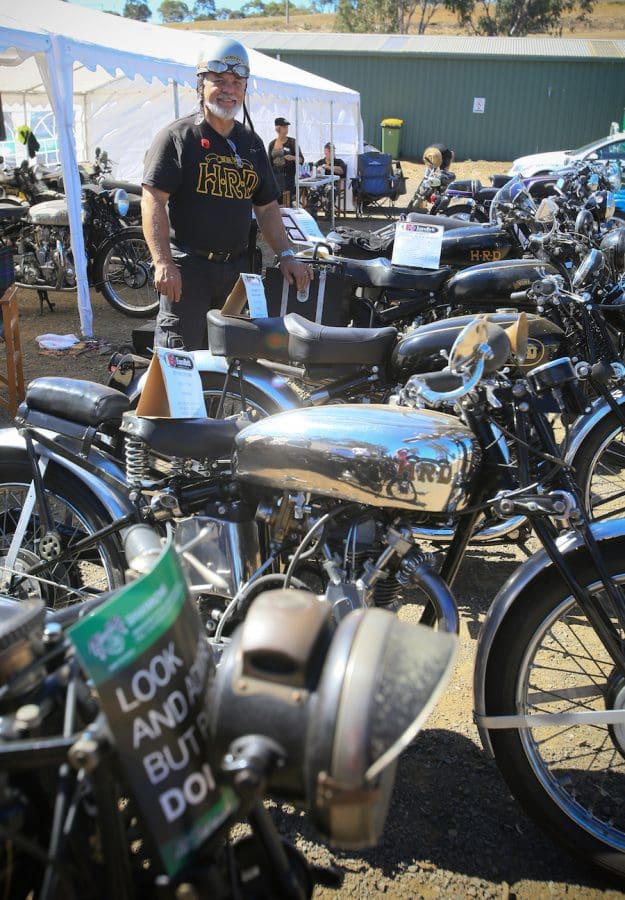
Vincent built what was considered the world’s first superbike in 1948, the 200km/h Series C Black Shadow. But back in the beginning the Series A was also a performer, with the single-cylinder Comet nudging 150km/h back in the early 1930s.
“It’s an evolving story,” he said of a company that pushed the boundaries of design while forging a place in motorcycle folklore. “Between 1946 and 1955 there were 11,134 Vincents – singles and twins – manufactured. While this makes them rare, the value of ones with history, and that haven’t been over-restored has just been proved in a recent sale.”
Trento was referring to the Bonhams auction in Las Vegas that netted a world record $US929,000 for the ex-Jack Ehret Black Lightning, bought by a Tasmanian salmon magnate.
At one stage of its life Trento actually owned it.
“In 1999 I spent $10,000 buying a new-old stock seat for it out of the US,” he said. “That may sound like a lot of money, but getting the correct seat was the key to finishing its recommissioning while keeping originality.”
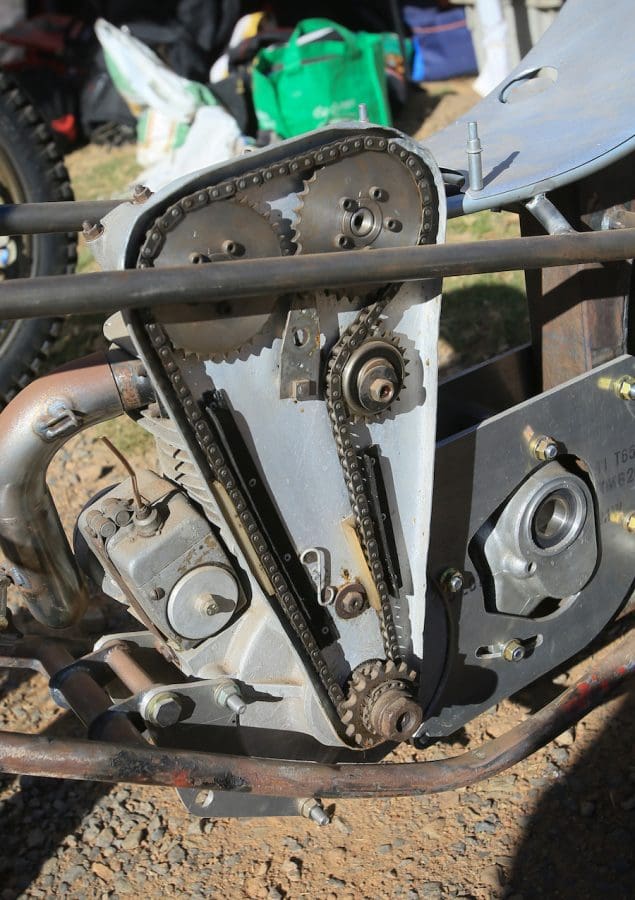
Among the Vincents on display were some true rarities. A Series A TT-Replica from the early 1930s was one of only 29 made. Just along from it was a Series B Black Shadow, one of 77 produced and recognised by its girder forks. Most girder-forked Vincents were Rapides, a slightly lower-spec model.
One of the most dog-eared Vinnies was one of the most valuable. Dripping in original patina was a Black Lightning production racer nicknamed ‘The Blunderbus’.
That made a bold contrast to a replica 1938 Rapide, built entirely in Australia from scratch. Only the ex-Ariel Square Four Burman gearbox was bought in.
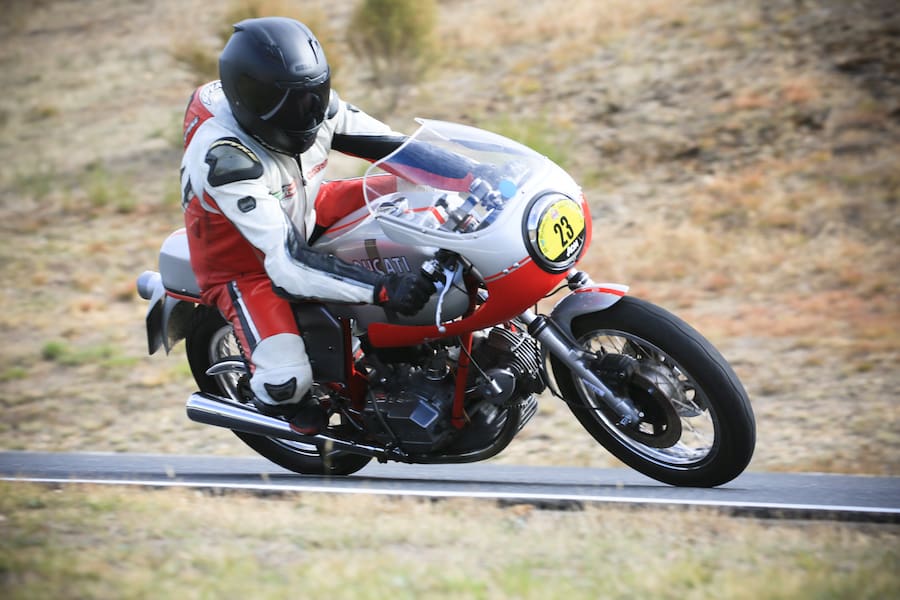
One of the men involved in this, Neal Videan, had another intriguing Vincent on display. This was a Series C Black Shadow supercharged and turned into a drag bike by Bob Satterly in the 1960s.
While the display bikes were a bit mind-blowing, equally inspiring was the sight of over a dozen Vincents circulating on the road-race circuit over the weekend. If that wasn’t enough to take in, there were seven Vincents going full-noise in Saturday night’s speedway spectacular. These were genuine old warhorses from the glory days of the 1960s and ’70s.
Another equally impressive display was a 500cc solo that helped change speedway in the mid-1970s. Phil Crump demonstrated his original Neil Street-Ivan Tighe Jawa, watched by his father, Bob, and multiple world champion son Jason.
Street and Tighe combined their talents to convert a two-valve, pushrod Jawa single into a DOHC, four-valve worldbeater.
Having never ridden it before, Crump won first time out in Sydney. Then six weeks later he repeated this effort in the UK.
“Neil got the jump on everyone with that design,” Phil said.
Within a few months the big players in speedway, such as Weslake, were producing four-valve engines and Jawa even changed its designs to include overhead cams.
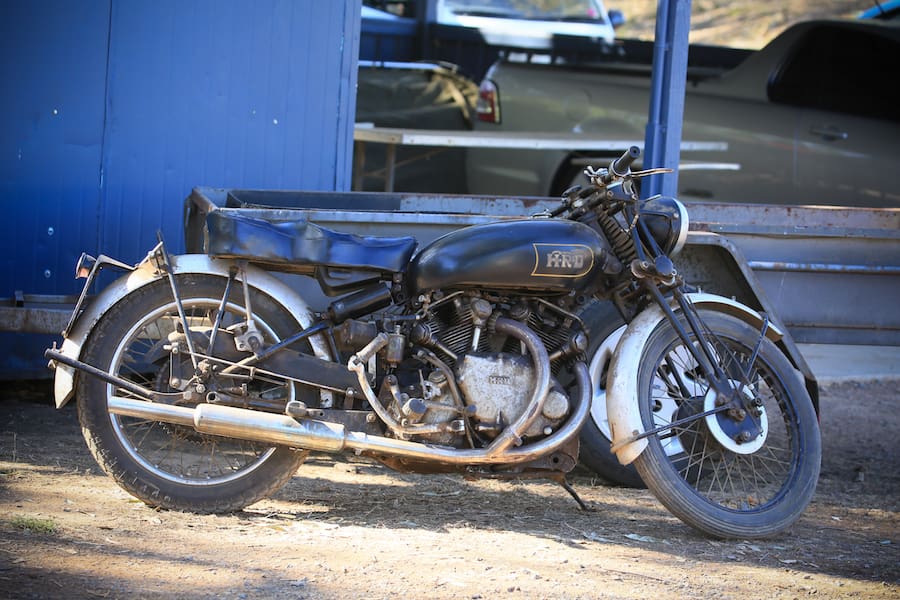
Speedway was a very different sport back then to what it is now. Crump gave an insight.
“It was a golden era where the season never really finished,” he said. “After the UK season we’d all go racing in Australia and New Zealand.
“By the time of Jason’s era it had become a lot more UK and European-based. Jason has a following over there as big as what the stars of my time had over this side of the world.”
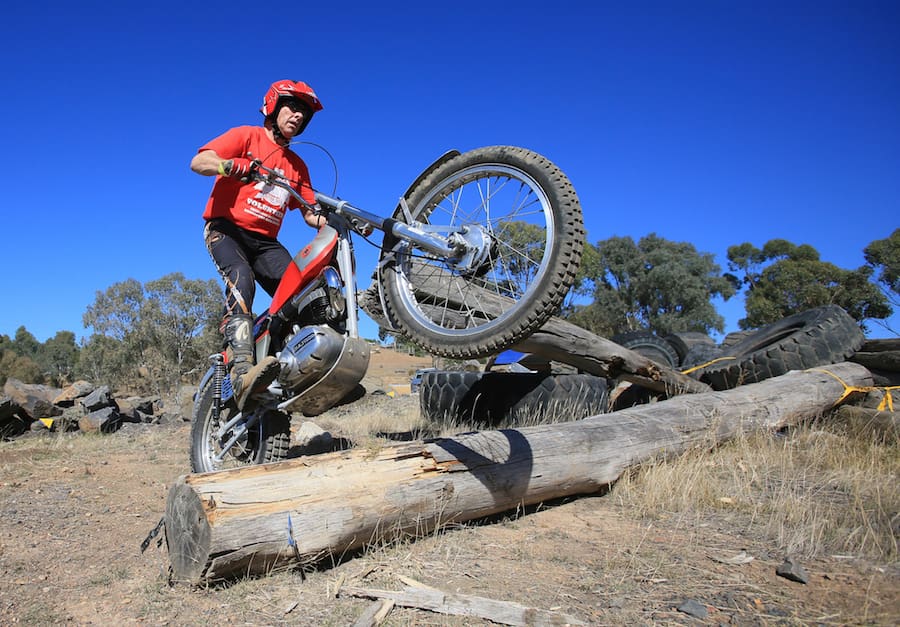
Inside the Street DOHC Jawa
Stripped of its engine cowling, Phil Crump’s Neil Street-converted Jawa looks remarkably simple. A long chain drives two huge cam wheels fitted to the ends of the camshafts mounted above the engine. Adjusting an idler gear via an eccentric mounting keeps the chain tensioned correctly. Phil said it rarely needs adjusting, proof that the castings and vertical alignment of cam wheels with the engine sprocket was spot-on from the start.
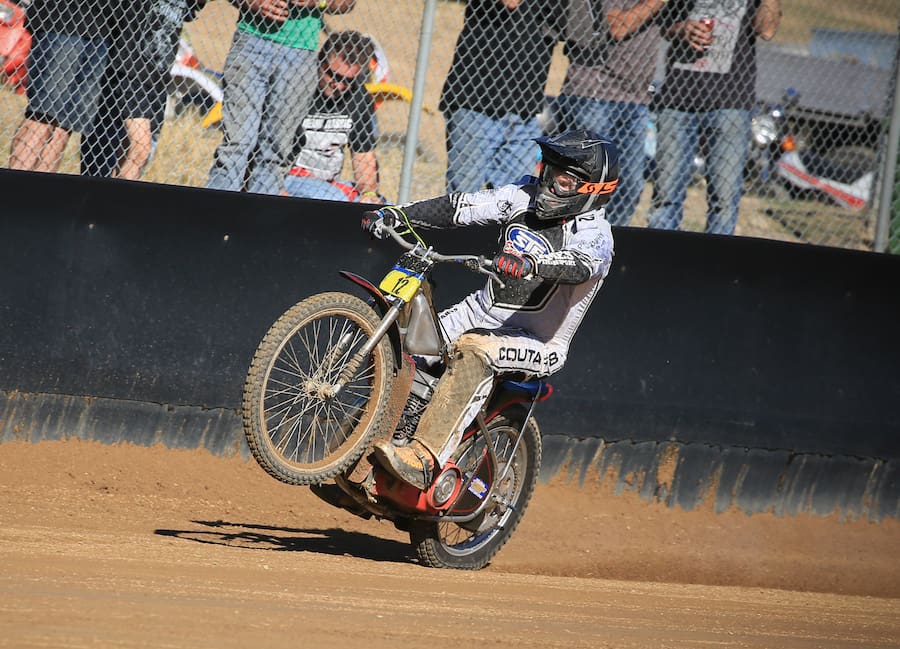
The Australian design involved casting up new heads with four valves rather than a standard Jawa’s two. The result was a power increase from 45hp to 58, with increased torque and a rev limit raised 1000rpm.
More than 200 were made and sold around the world from 1975 to 1979.
Among the half dozen or so Street-converted racers on show was the basis of an LSR project.
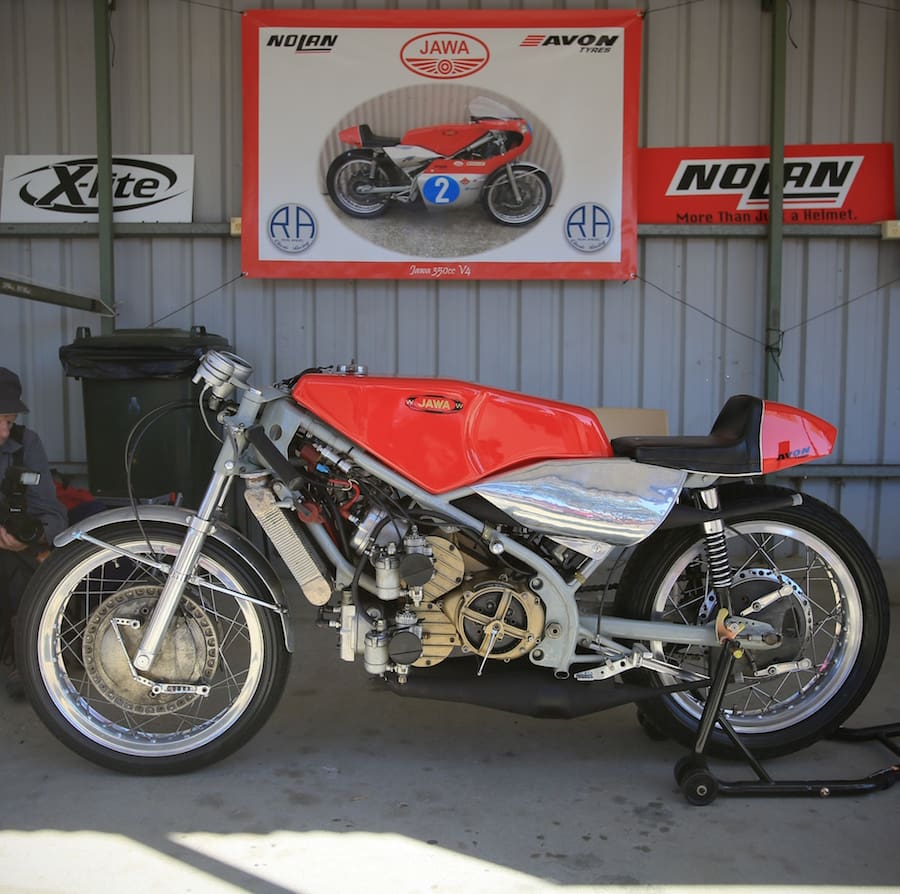
Ron Angel Collection
Classic bike racing identity Ron Angel dug into his vast collection to fill the top of the pits.
Among them was one of the world’s rarest Grand Prix motorcycles, a 1969 Jawa V4 two-stroke. Although infamous as the bike on which rising GP star Bill Ivy crashed and died, it has links to Australia and New Zealand because both Jack Findlay and Ginger Molloy raced one of these sophisticated 350s in an era largely dominated by MV Agusta.
Among other eye candy on display were GP racers from MBA, Bimota, WE and Saxon.
“Twenty to thirty people have already come up to thank me for doing this,” said a delighted Angel on Saturday morning.
Read the full story in the current issue of AMCN (Vol 67 No 20) on sale now
Report HAMISH COOPER PHOTOGRAPHY Ian Roddie
